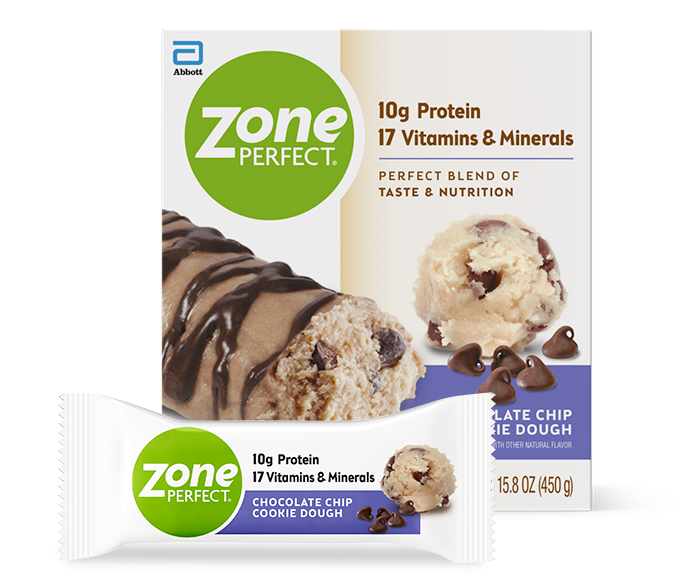GOT QUESTIONS? WE HAVE ANSWERS


Didn’t find what you’re looking for? Contact us, we’re here to help! Send us a note by filling out the contact form or call us at 1-800-390-6690, Monday-Friday between 8:30am-5:00pm EST.
Please note that we cannot provide answers to personal medical questions; for these, you should contact your physician. Also note that this system is not designed to respond to product complaints. If you have specific product performance issues, please call us directly at 1-800-850-7677.

Your email has been sent. You'll receive a confirmation via email when we receive your submission. If you don't receive an email confirmation, please resubmit your information or call us at 1-800-390-6690, Monday through Friday from 8:30 a.m. - 5:00 p.m. EST.
Thank you for your time.